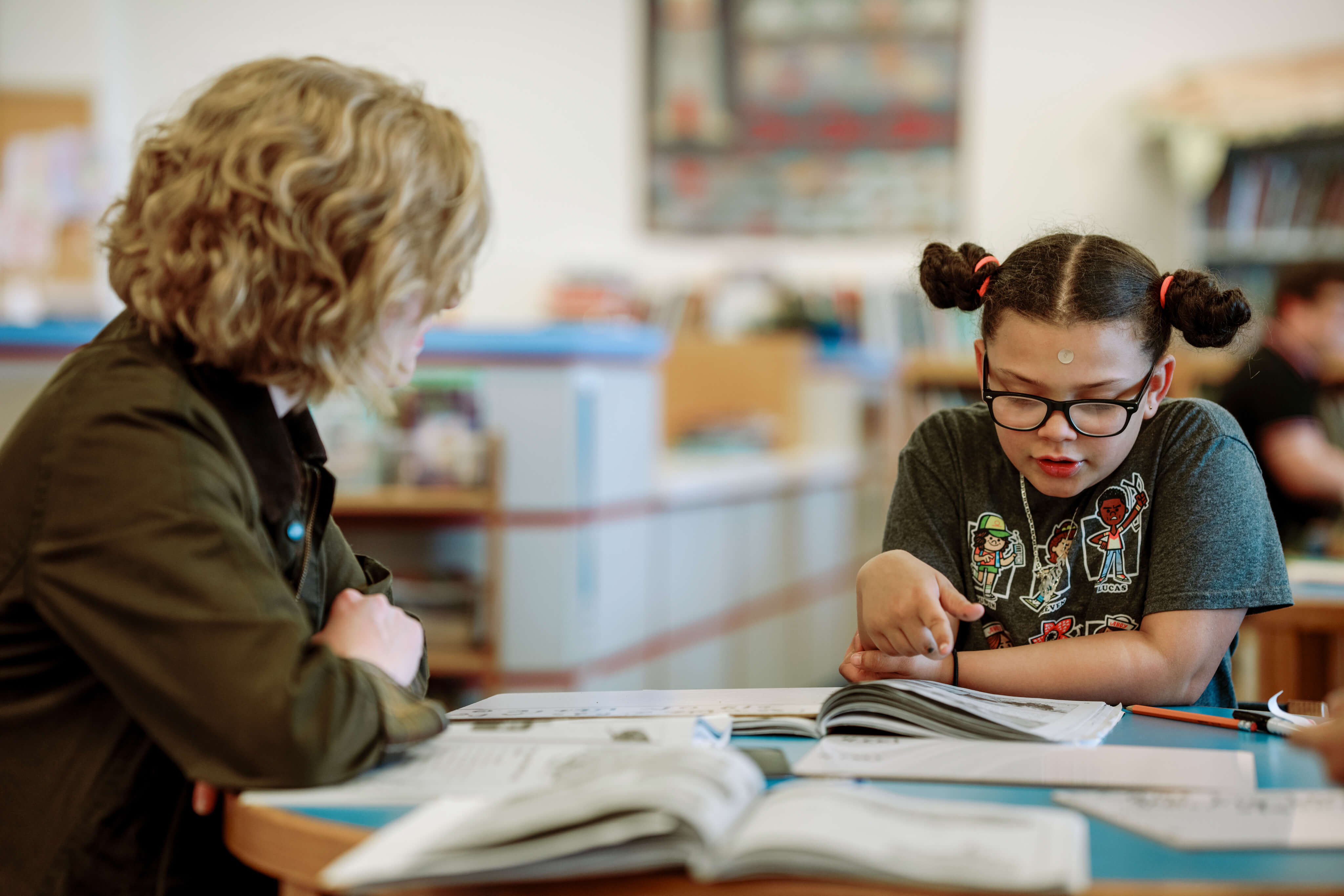STEM is an engaging, hands-on learning experience driven by inquiry-based learning. Students develop their skills in collaboration, problem solving, and critical thinking to tackle challenges and objectives. With growing career opportunities in STEM-related fields, and the applicability of those 21st Century skills across academic and career disciplines, there is increased attention placed on STEM instruction.
Catapult Learning offers supplemental STEM programs and professional learning to support the implementation of effective STEM instructional practices and curriculum. We asked one of our coaches, Jodon Orimaco, to share a few tips he offers to the schools and districts he supports.
1. Organize a Gallery Walk
Place projects on tables and have students walk around the room to observe how others approached the same task. This is a great way to engage students and to have them approach problem solving from different perspectives. Encourage them to walk with a notebook and write down notes about what they observed. After a gallery walk, you can also lead a classroom discussion where students share what they noticed.
2. Assign Student Jobs
Have students experience different roles and help bridge the connection between classroom activities and real world application. Change jobs for each project to provide a diverse range of experiences to students. Sample job titles include CEO, Financial Advisor, Recorder, Engineer, and Secretary.
3. Incorporate Stopping Points
Midway through a project, have students stop and share how they are approaching the task. Encourage them to identify what challenges they are facing, how they plan to address those obstacles, and encourage group discussion within the class. This is a great way to have students learn from each other. In many cases, other groups may have had a similar challenge. Additionally, they can see how other groups approach the project to incorporate new ideas into their own plans.
Summary
STEM learning can be incorporated across academic disciplines and benefits students of all ages and learning abilities. Try incorporating gallery walks, student jobs, and stopping points to foster collaboration, critical thinking, and Engineering Design Process principals into classroom activities to develop 21st Century skills.



